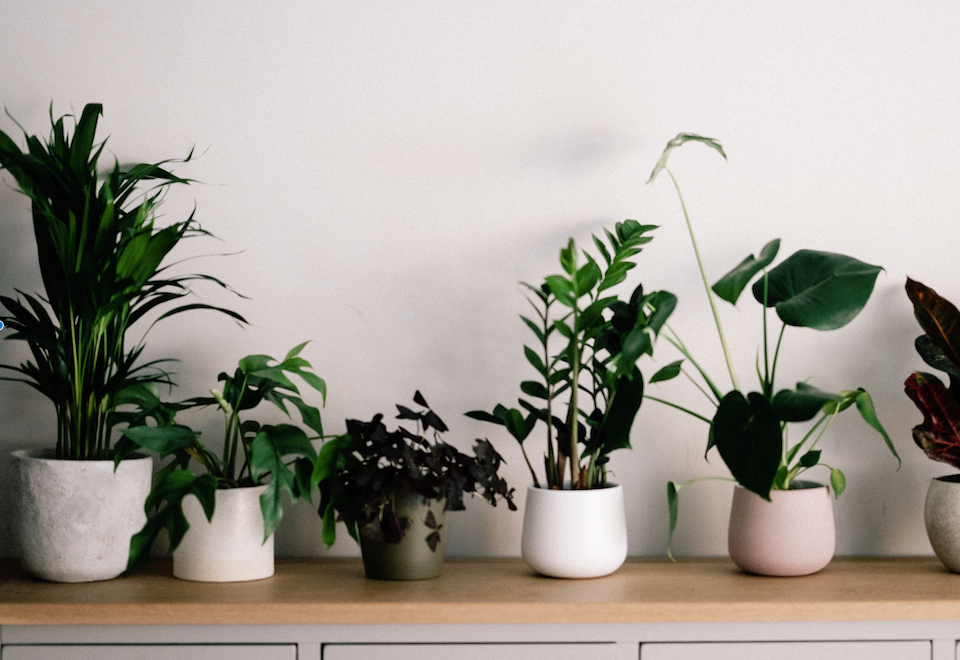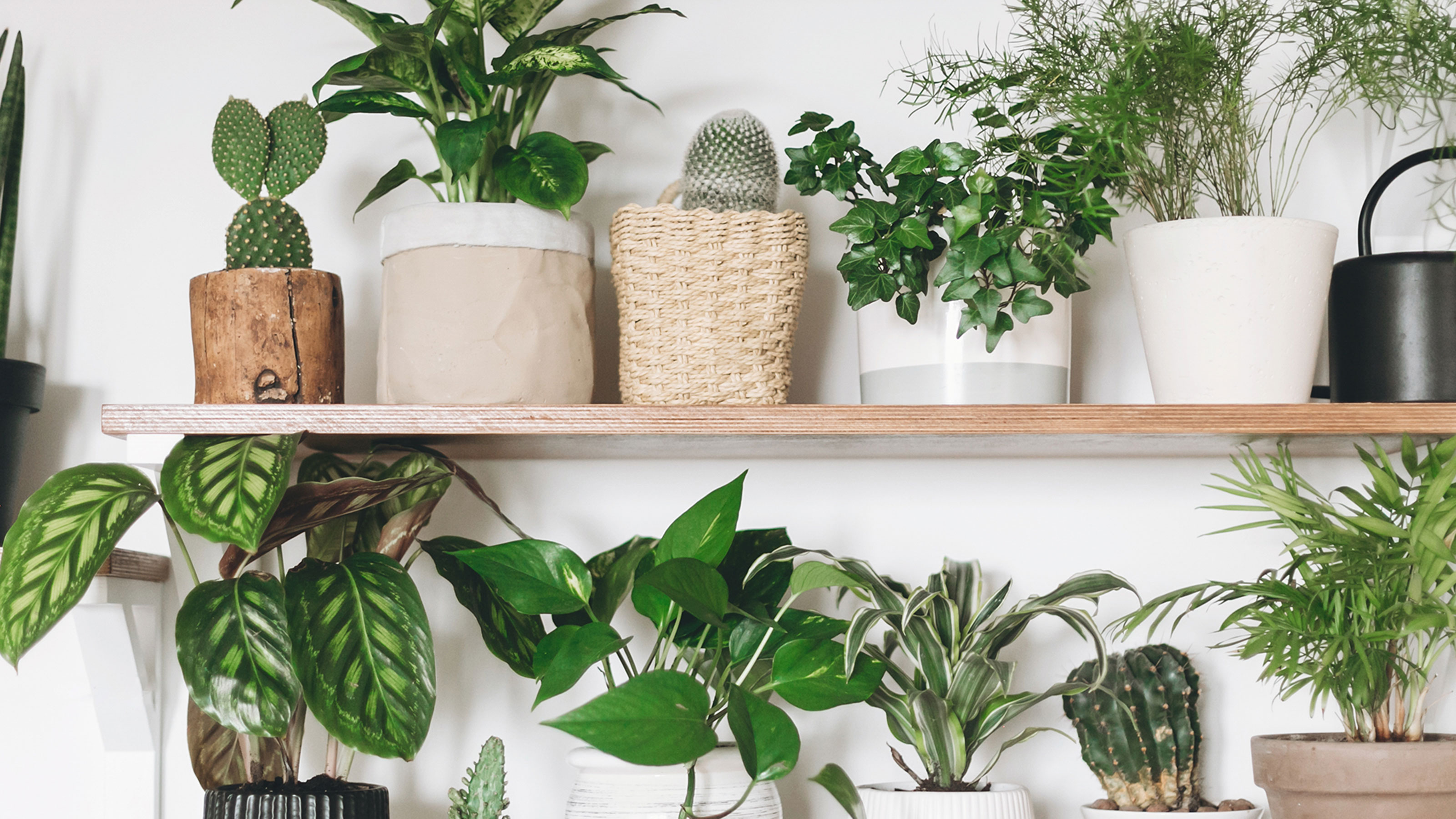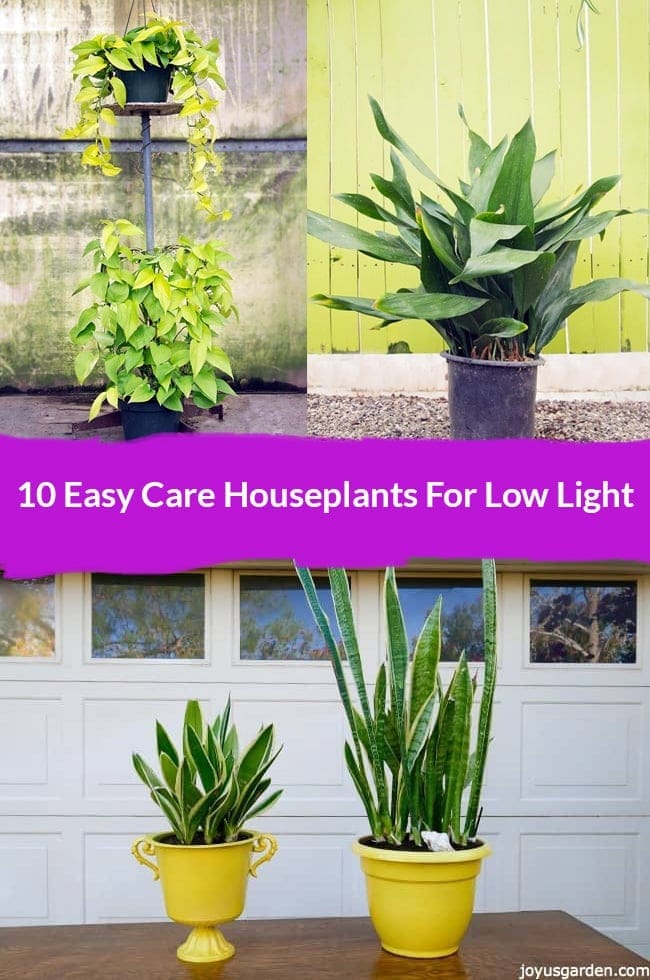Top 10 Best Low-Light Indoor Plants for Dark Rooms and Apartments
Top 10 Best Low-Light Indoor Plants for Dark Rooms and Apartments
Blog Article
Transform Your Home With Beautiful Low-Light Indoor Plants and Their Benefits
Incorporating low-light interior plants right into your home can dramatically improve both the aesthetic and ecological high quality of your home. These plants, which flourish in dim problems, offer not just as decorative aspects yet also as natural air cleansers, making them ideal for metropolitan residents or those with minimal sunlight exposure. As we explore the different kinds of low-light plants and their advantages, you may discover shocking methods to incorporate them into your home that can transform your environments in means you might not have actually prepared for.
Benefits of Low-Light Plants
Low-light plants use many advantages for indoor atmospheres, making them an outstanding choice for both novice and skilled gardeners. Among the primary advantages is their adaptability to low-light problems, allowing people to boost their space without the demand for considerable sunshine exposure. This particular makes them ideal for apartment or condos, offices, and other locations with limited all-natural light.

Additionally, integrating low-light plants right into home decor can boost the visual allure of a room. Their lavish foliage and varied textures create a calming atmosphere, contributing to overall well-being. The presence of plant has actually been connected to minimized anxiety levels and enhanced efficiency, making low-light plants a functional option for enhancing both psychological and physical health and wellness in indoor settings.
Top Low-Light Indoor Plants
While lots of indoor plants thrive in intense light, several varieties are specifically appropriate for low-light conditions, making them excellent for different indoor spaces. One preferred option is the Serpent Plant (Sansevieria), known for its striking upright fallen leaves and durability, requiring minimal treatment. One more excellent alternative is the Pothos (Epipremnum aureum), which features heart-shaped fallen leaves and can track beautifully from racks or wall mounts, flourishing in low light and including a lush touch.
The ZZ Plant (Zamioculcas zamiifolia) is commemorated for its shiny fallen leaves and capacity to endure disregard, making it perfect for busy way of lives. In a similar way, the Peace Lily (Spathiphyllum) not only tolerates reduced light yet additionally generates spectacular white flowers, boosting any kind of room's aesthetic.
For an unique touch, consider the Cast Iron Plant (Aspidistra elatior), which certainly measures up to its name, prospering in the darkest edges of your home. The Chinese Evergreen (Aglaonema) provides a range of leaf patterns and colors while being extremely forgiving in low-light conditions. These plants not only beautify indoor environments yet also add to air filtration, boosting your space.
Treatment Tips for Low-Light Plants

Watering practices are critical; these plants frequently like a little dry conditions. Overwatering can cause root rot, so ensure that the top inch of soil is dry prior to sprinkling once more. Usage pots with water drainage openings to permit excess dampness to escape.
Humidity is another essential element. Lots of low-light plants, such as ferns and tranquility lilies, gain from greater moisture degrees. To boost moisture, think about misting the leaves or positioning a tray of water near the plants.
Fertilizing ought to be approached with caution. During the growing season, make use of a diluted, well balanced fluid plant food each month to sustain growth, but avoid feeding throughout the dormant winter season.

Innovative Ways to Present Plants
Indoor plants can function as fascinating prime focus in any room, improving both visual allure and setting. Creative screens can raise the visual impact of low-light plants, making them an important component of your home style. One effective method is to use tiered plant stands, which enable you to display several plants at differing elevations while making the most of floor read the article area.
Hanging planters are one more cutting-edge alternative, developing a feeling of deepness and attracting the eye upwards. Consider macramé hangers or wall-mounted shelves to introduce a distinct structure and style.
For an extra organized strategy, usage geometric terrariums or glass containers to house your plants, including a contemporary touch to your indoor garden. You can also repurpose vintage items, such as teacups or wood pet crates, for a diverse screen that shows your character.
Enhancing Home Ambiance With Plants
Integrating low-light plants right into your home not just boosts aesthetic charm however also contributes significantly to the overall ambiance. These plants work as all-natural decoration components, presenting a sense of serenity that can transform any room. The visibility of plant promotes a calming atmosphere, which is specifically valuable in high-stress settings such as home workplaces or living spaces.
Low-light plants, such as snake plants, pothos, and ZZ plants, are not just visually pleasing however also boost indoor air high quality by filtering pollutants. This twin feature improves the ambiance better, producing a much healthier home (Best low-light indoor plants). The critical positioning of these plants can likewise influence the understanding of room; as an example, high plants can attract the eye upward, making ceilings appear higher and areas more large
Moreover, varying structures and shades of foliage include depth to indoor design, permitting creative expression in home styling. Whether positioned on shelves, in edges, or as centerpieces, low-light plants can boost the mood of any area. In recap, incorporating these plants right into your home is click to read a reliable way to cultivate a warm, inviting ambience while profiting of boosted air high quality and visual flexibility.
Final Thought
Incorporating low-light interior plants into home environments offers numerous advantages, consisting of boosted aesthetic allure and enhanced air high quality. These resilient plants, such as the Serpent Plant and Tranquility Lily, need minimal light and upkeep, making them appropriate for varied way of lives.
While several interior plants thrive in brilliant light, several varieties are particularly appropriate for low-light conditions, making them perfect for numerous indoor areas. One effective approach is to use tiered plant stands, which allow you to display several plants at differing heights while taking full advantage of floor area.
Low-light plants, such as serpent plants, pothos, and ZZ plants, are not only aesthetically pleasing but likewise enhance indoor air quality by filtering toxins. Best low-light indoor plants. The strategic placement of these plants can also influence the assumption of room; for instance, tall Web Site plants can attract the eye upwards, making ceilings appear higher and spaces much more sizable
These resilient plants, such as the Snake Plant and Tranquility Lily, call for very little light and upkeep, making them appropriate for diverse way of livings.
Report this page